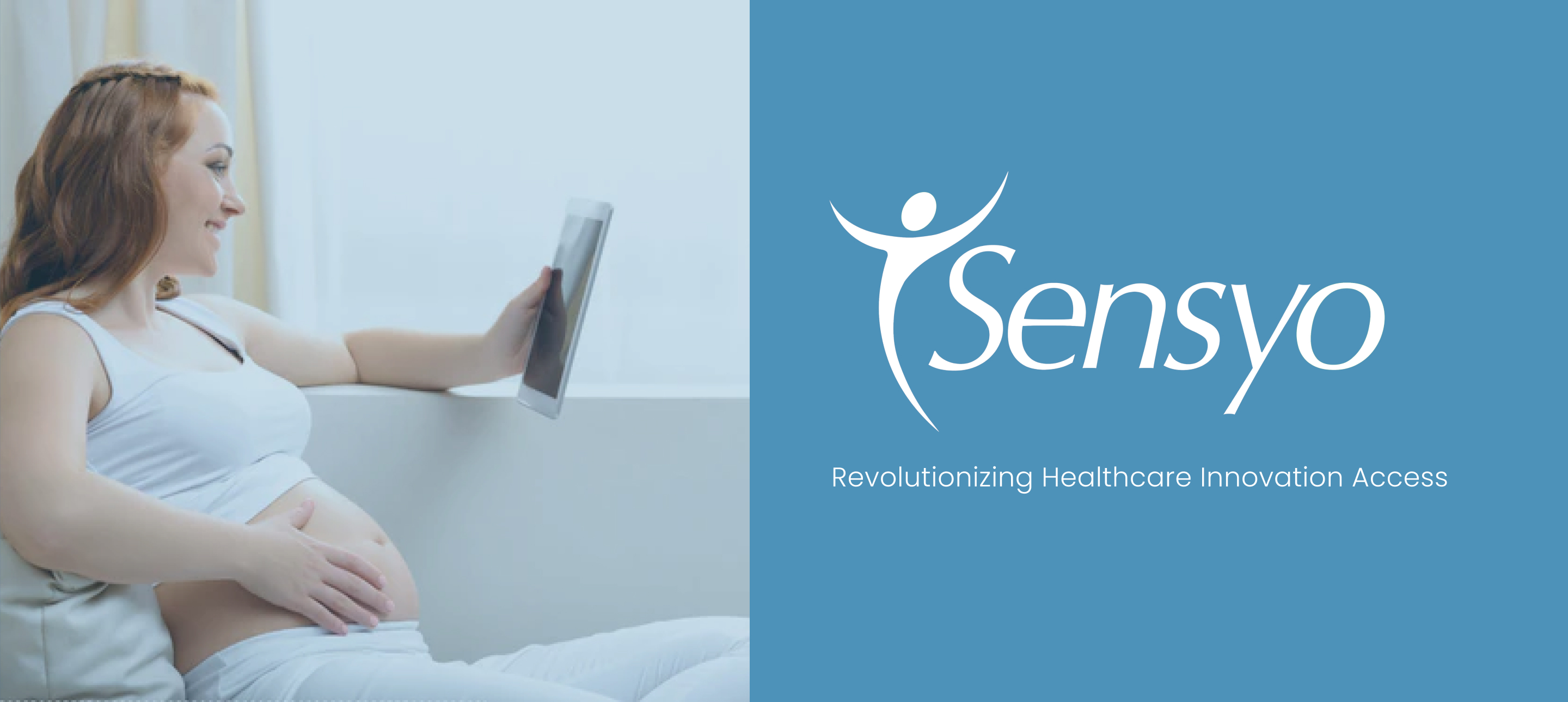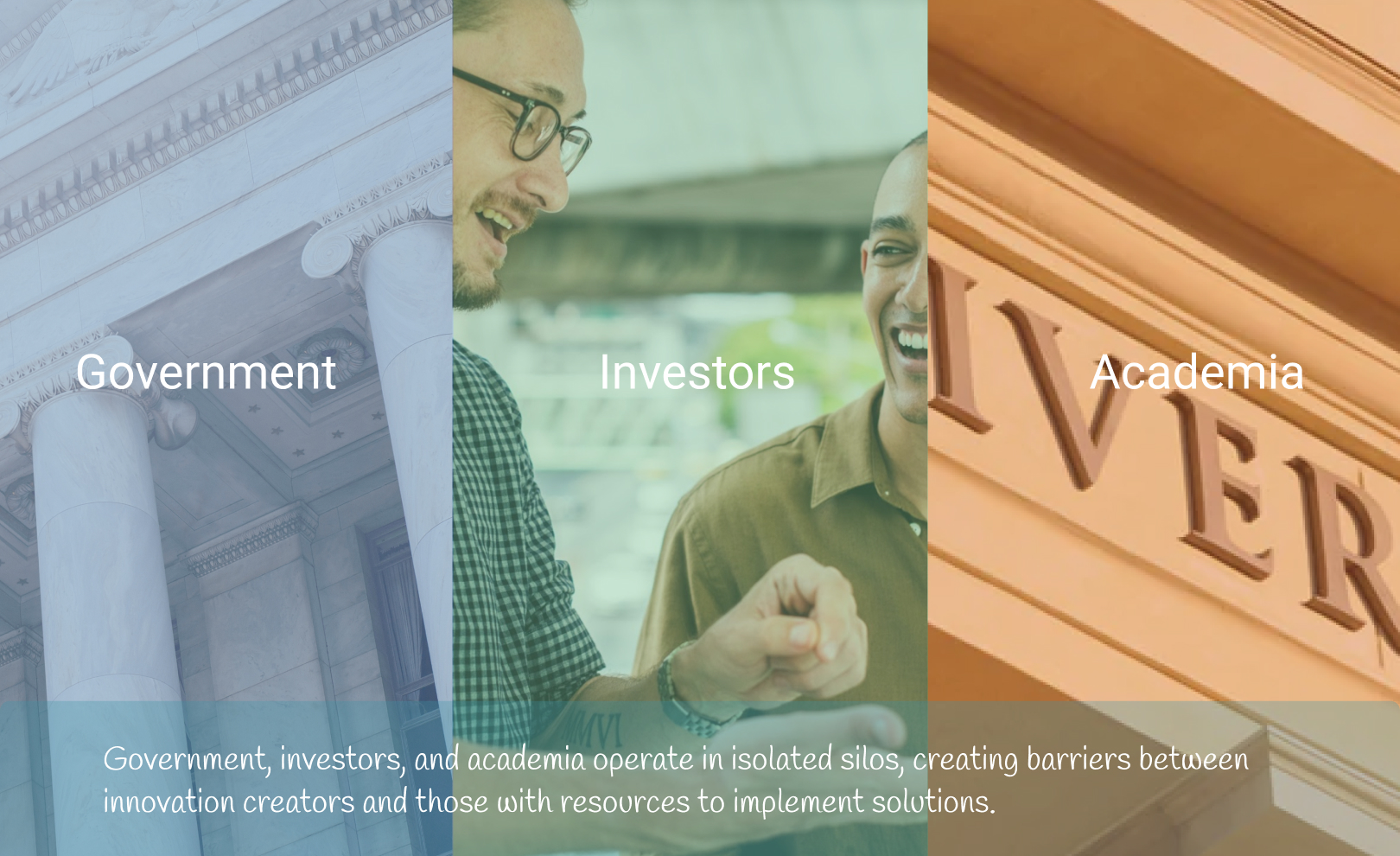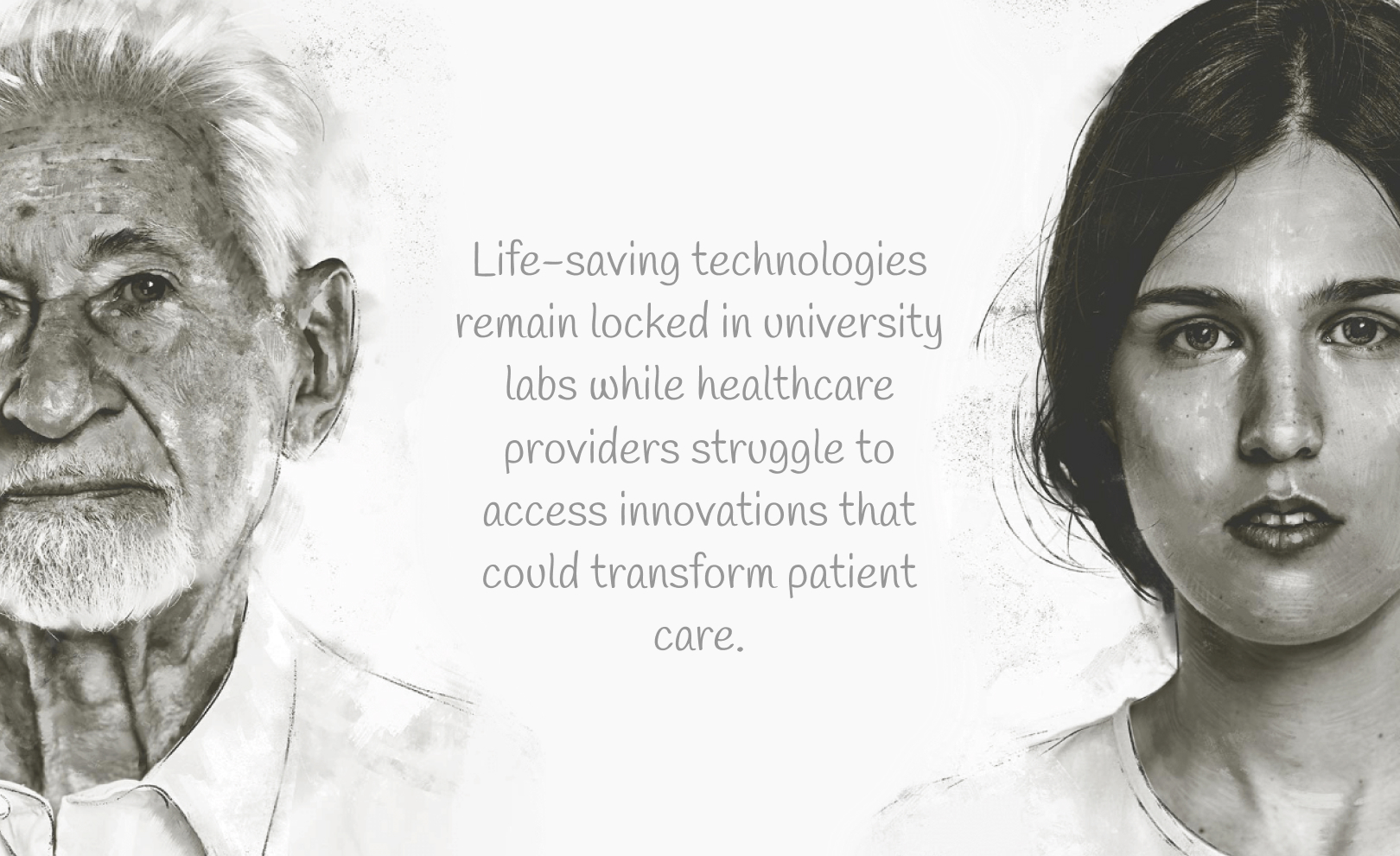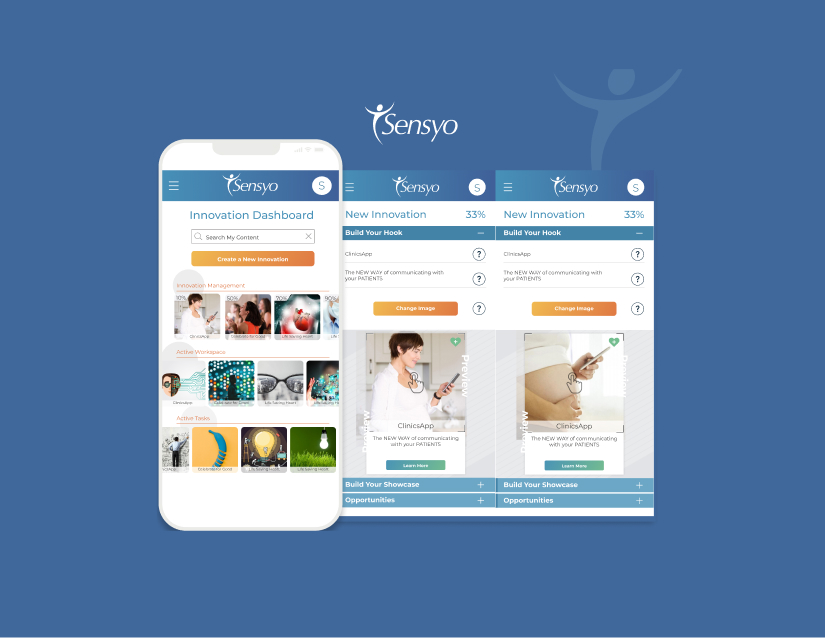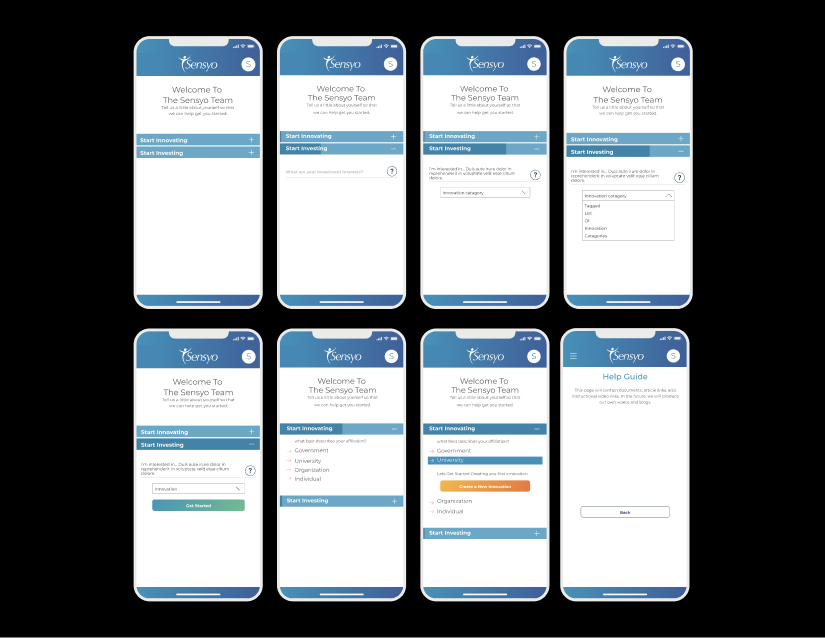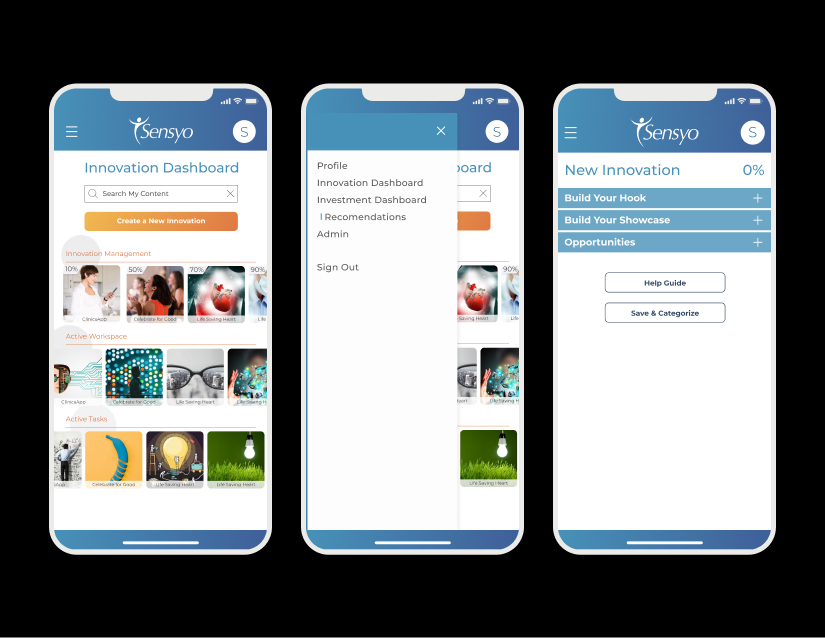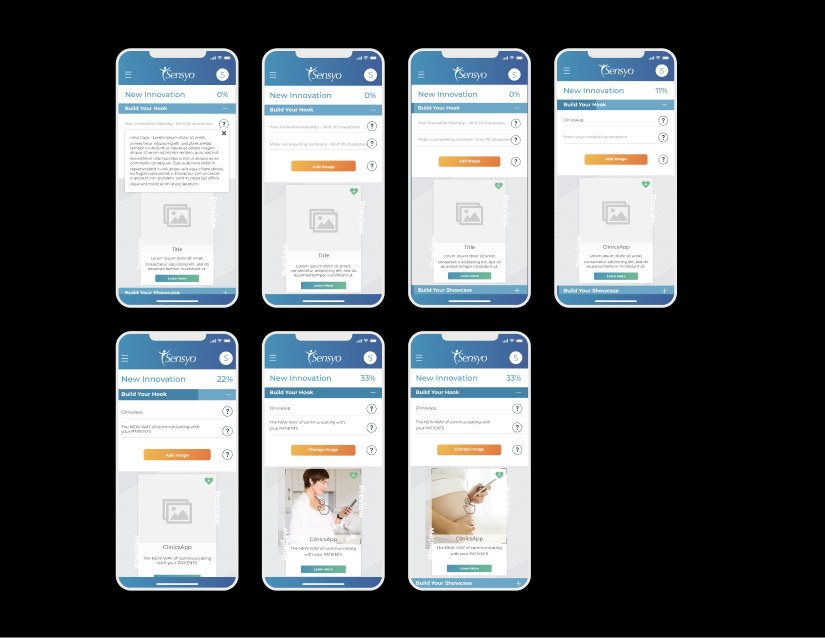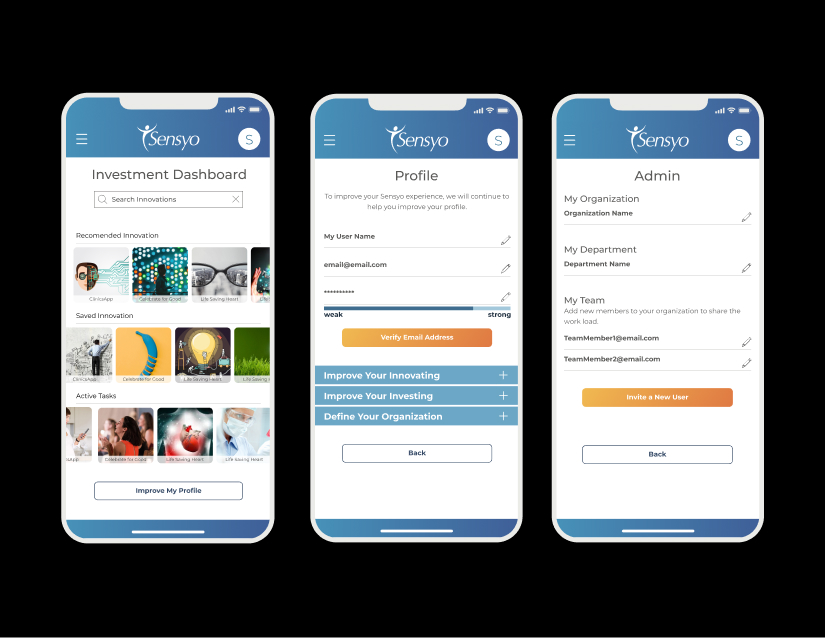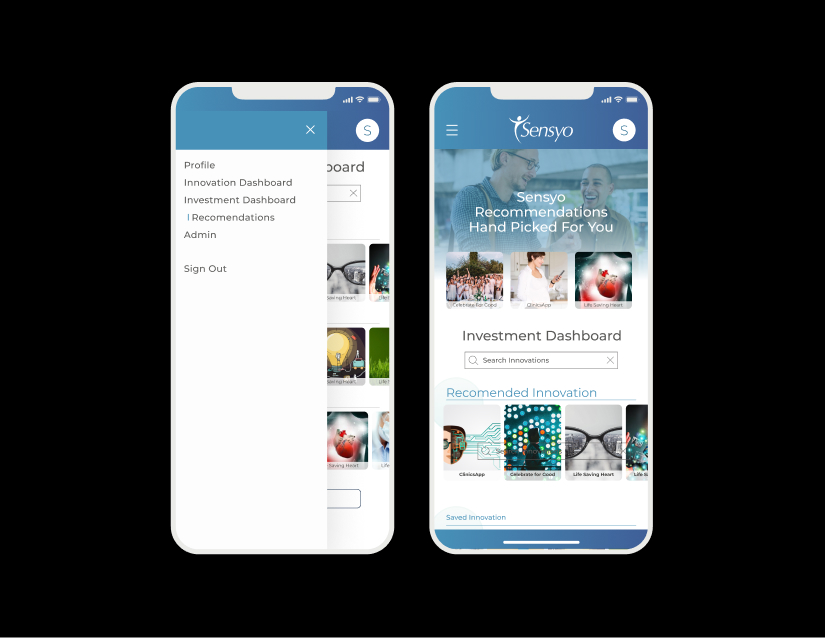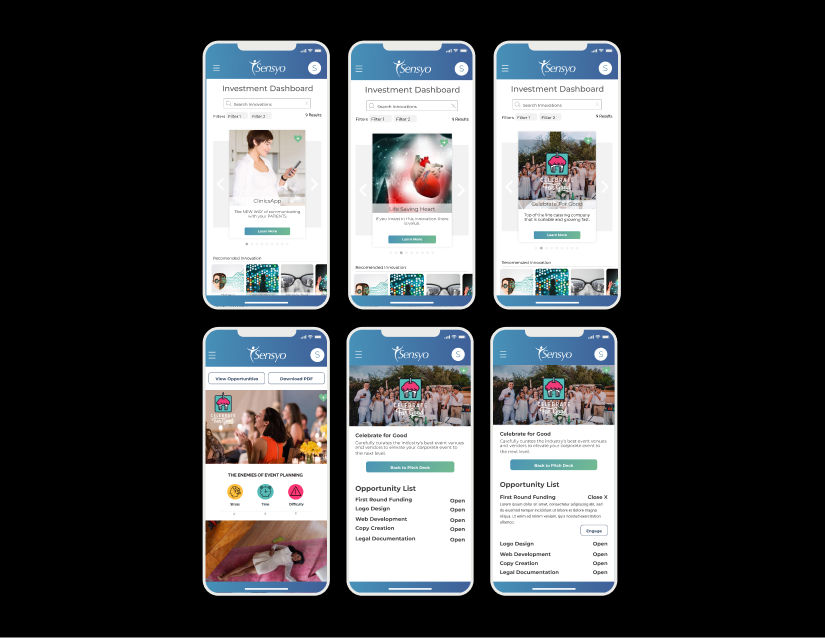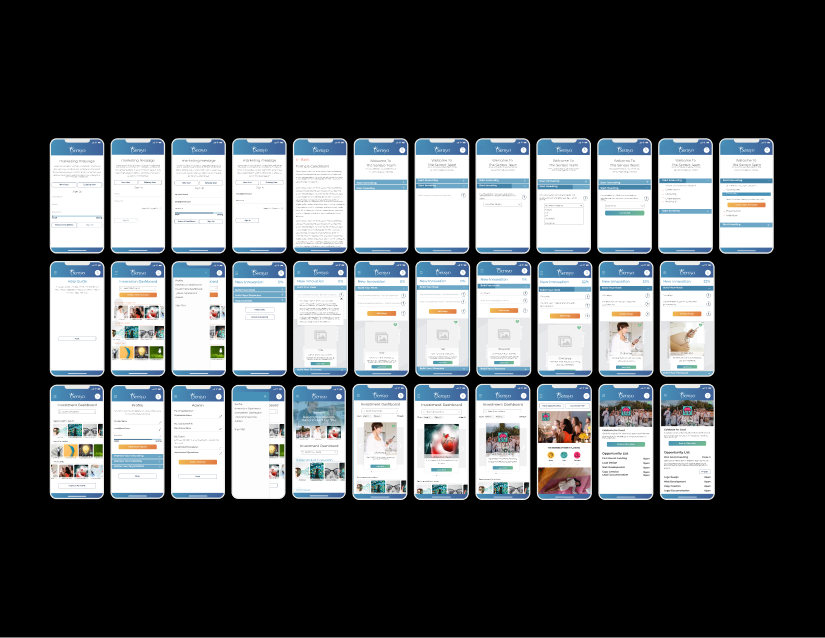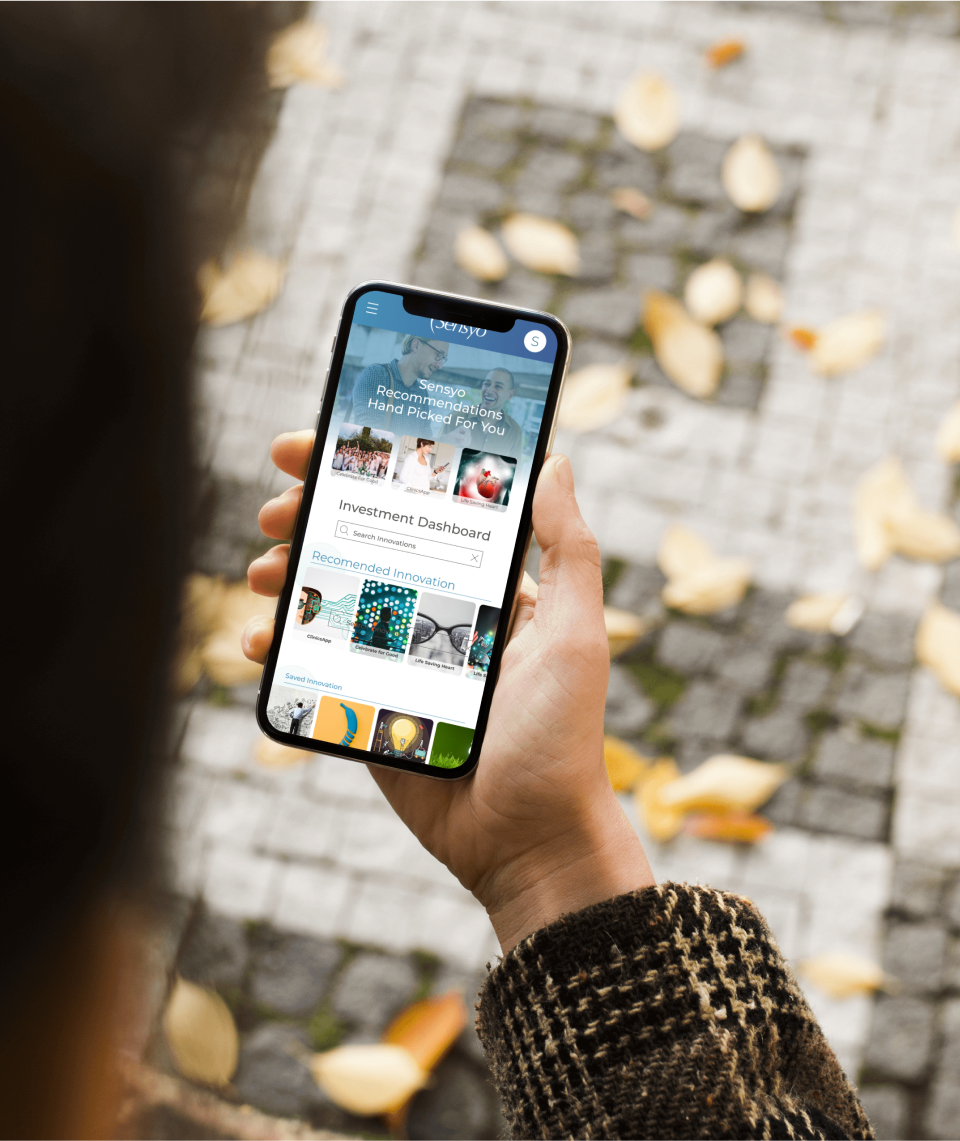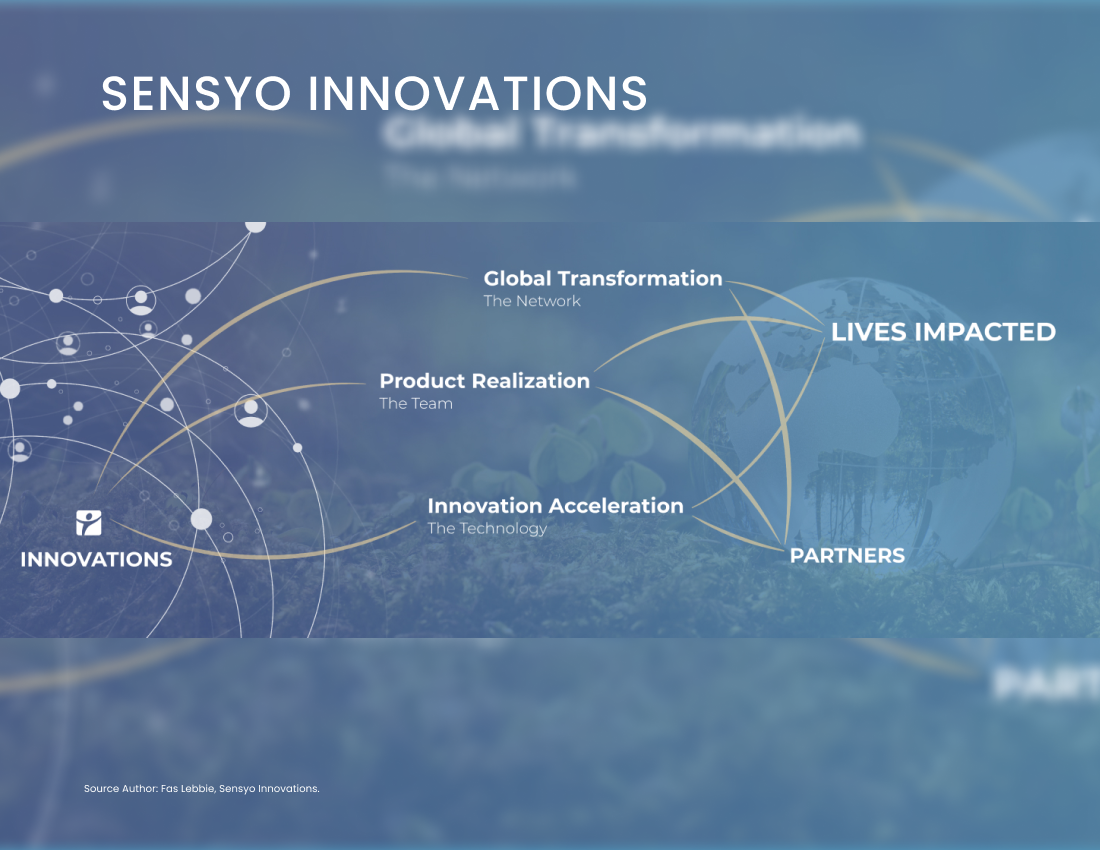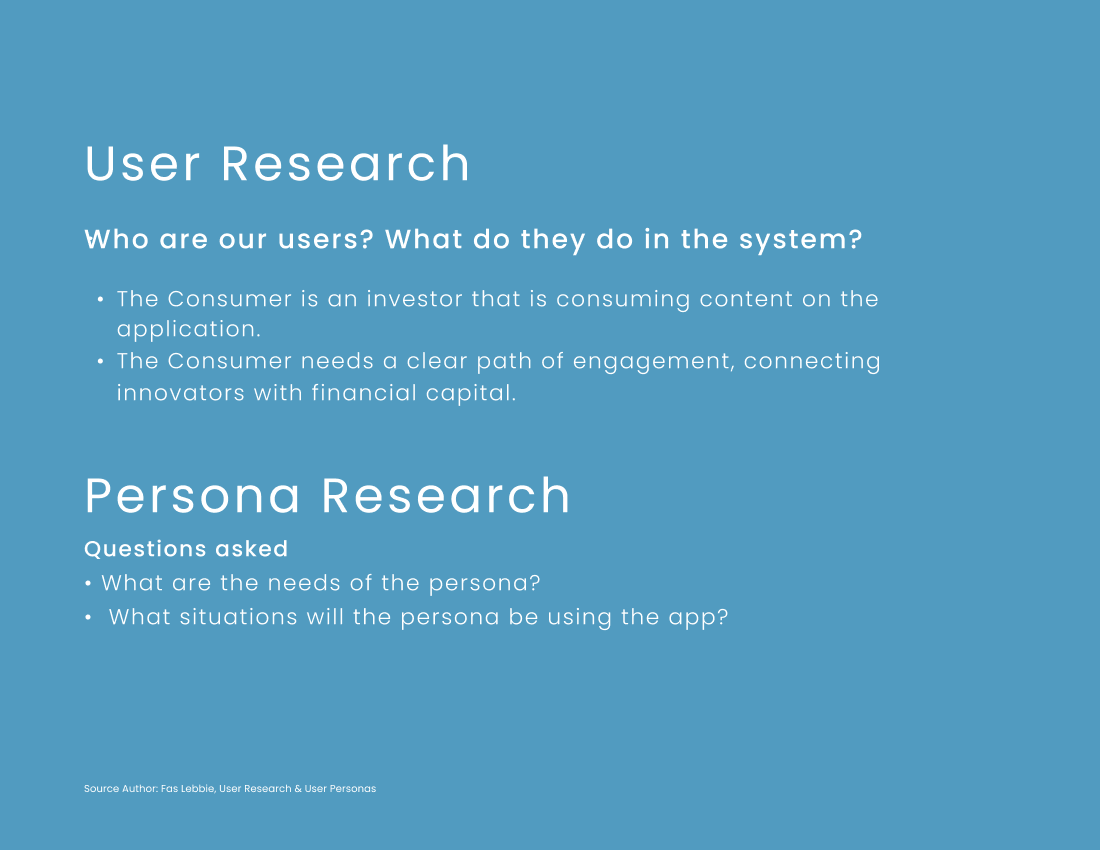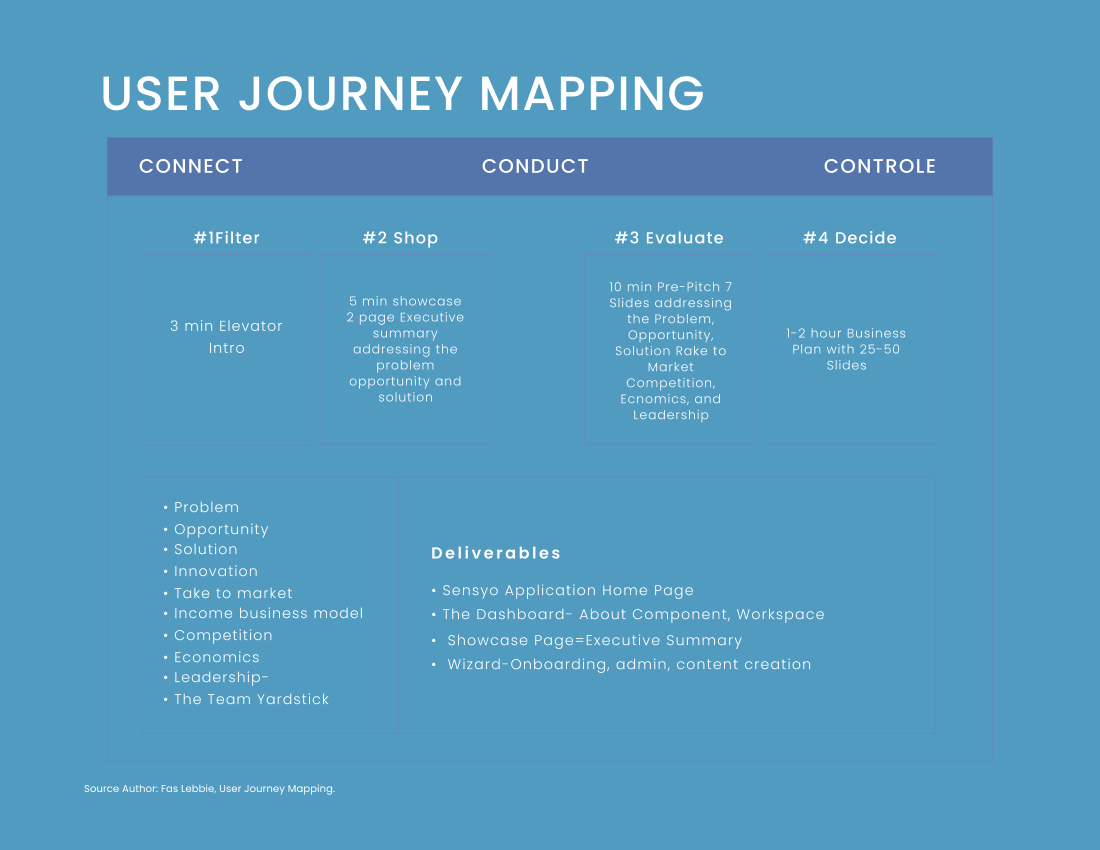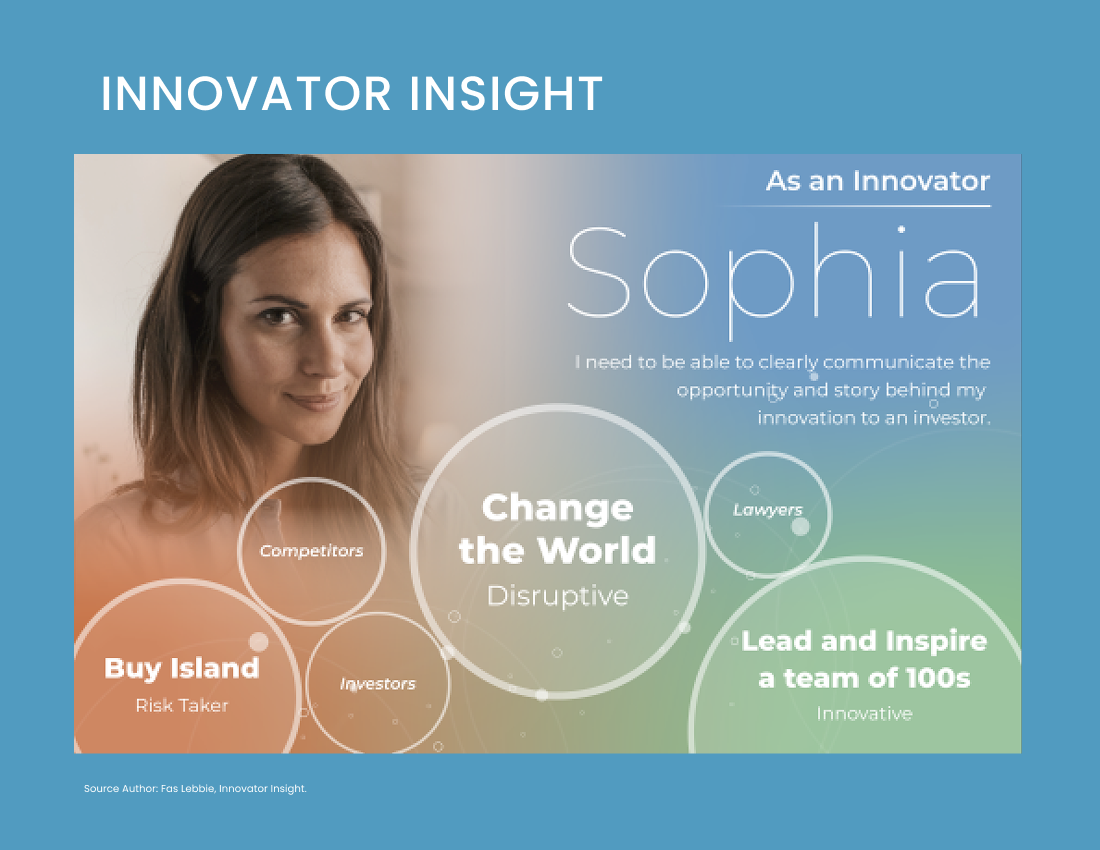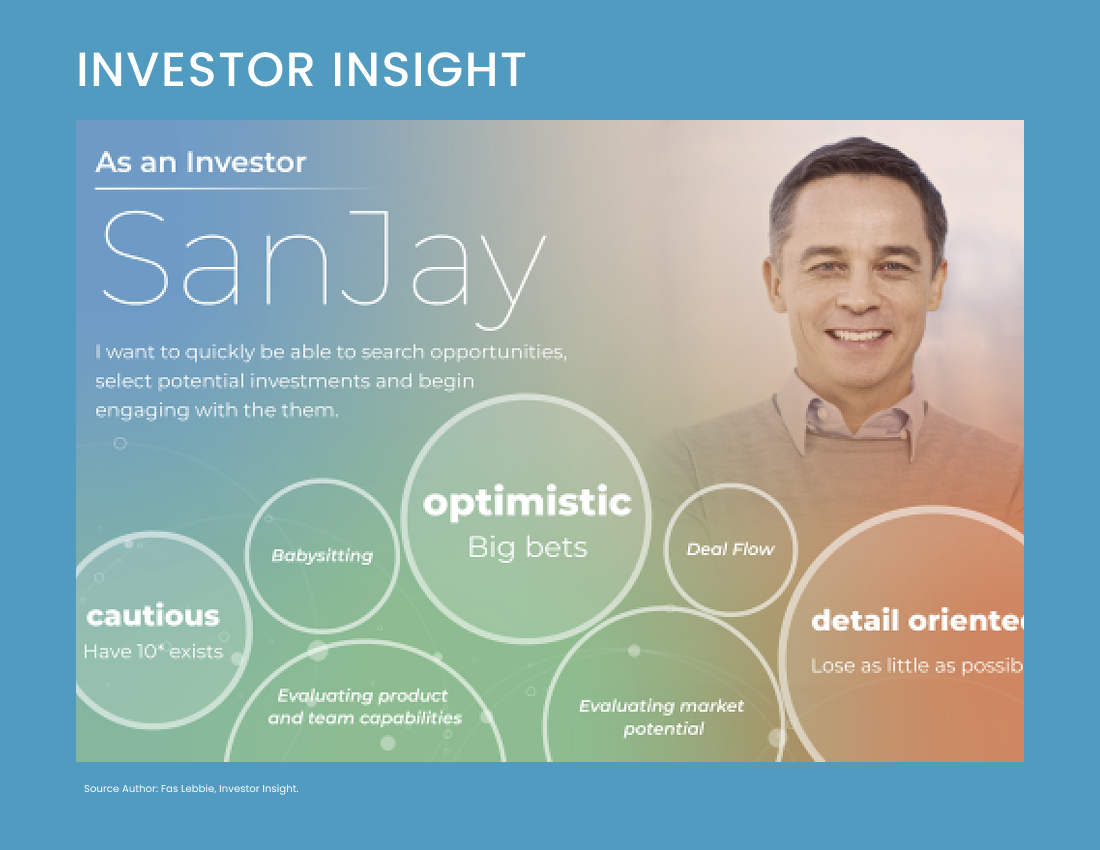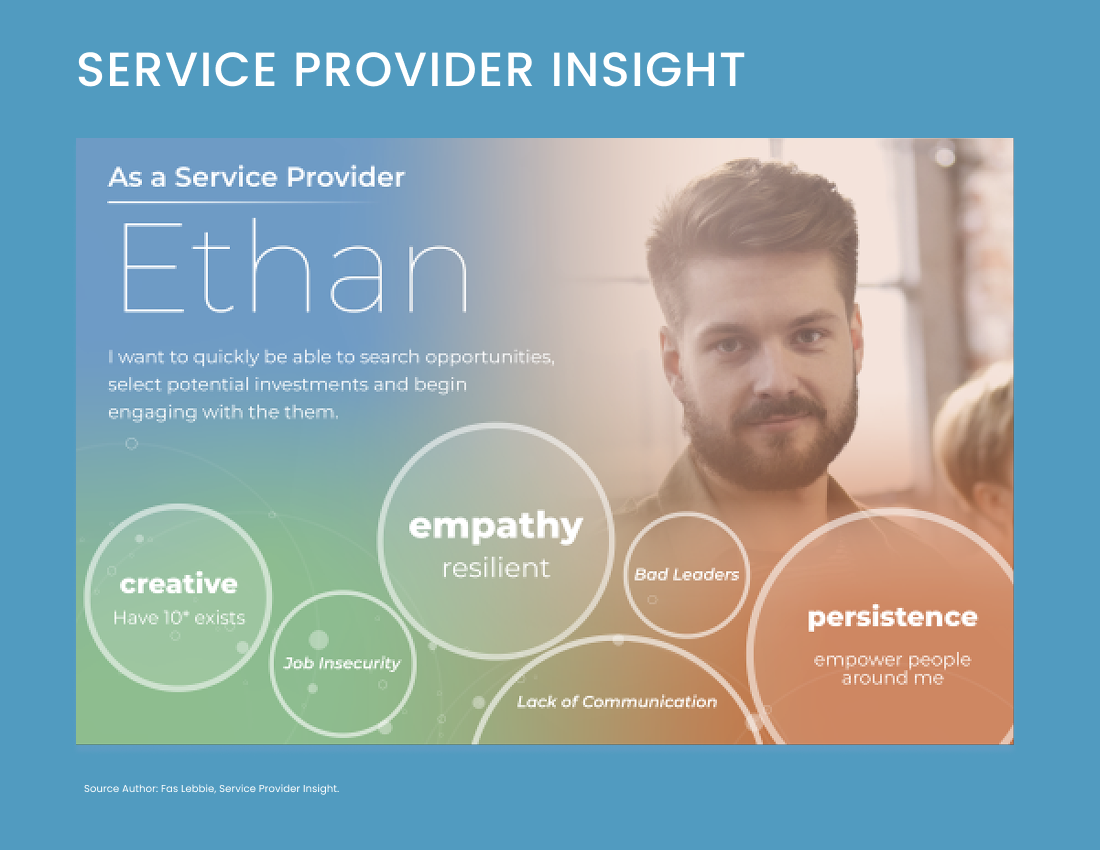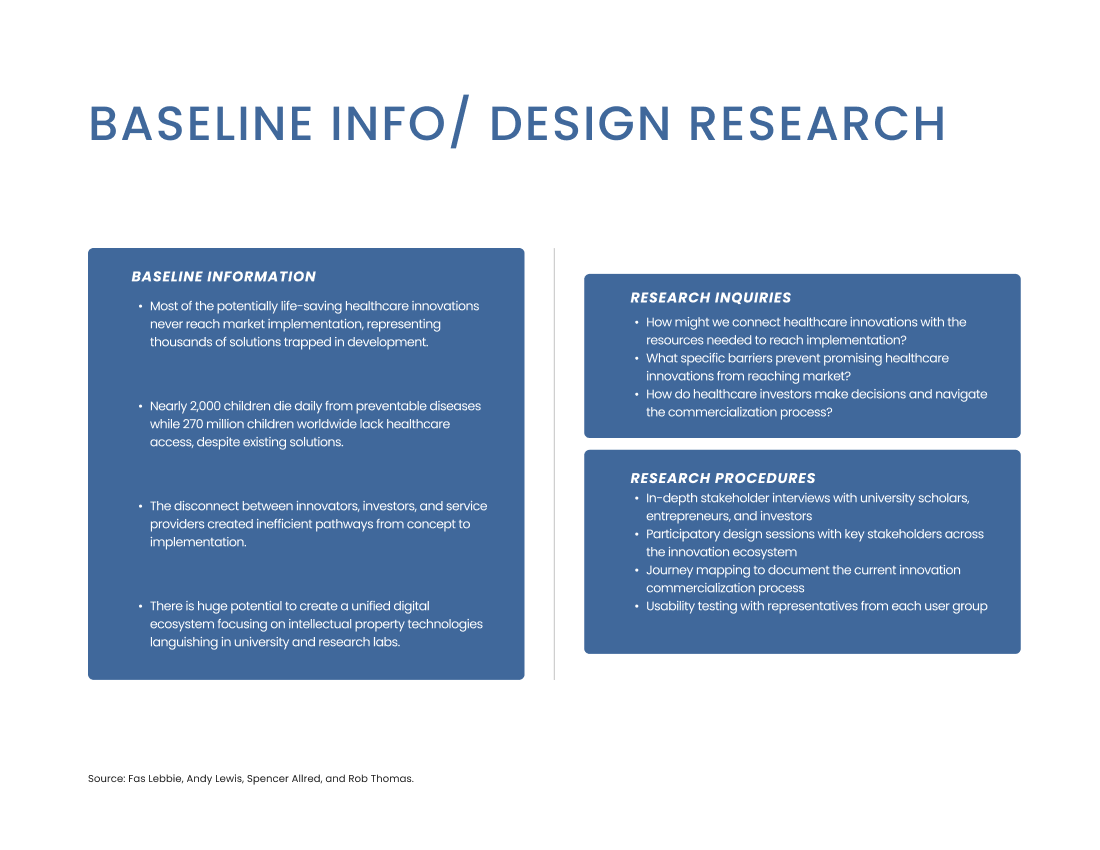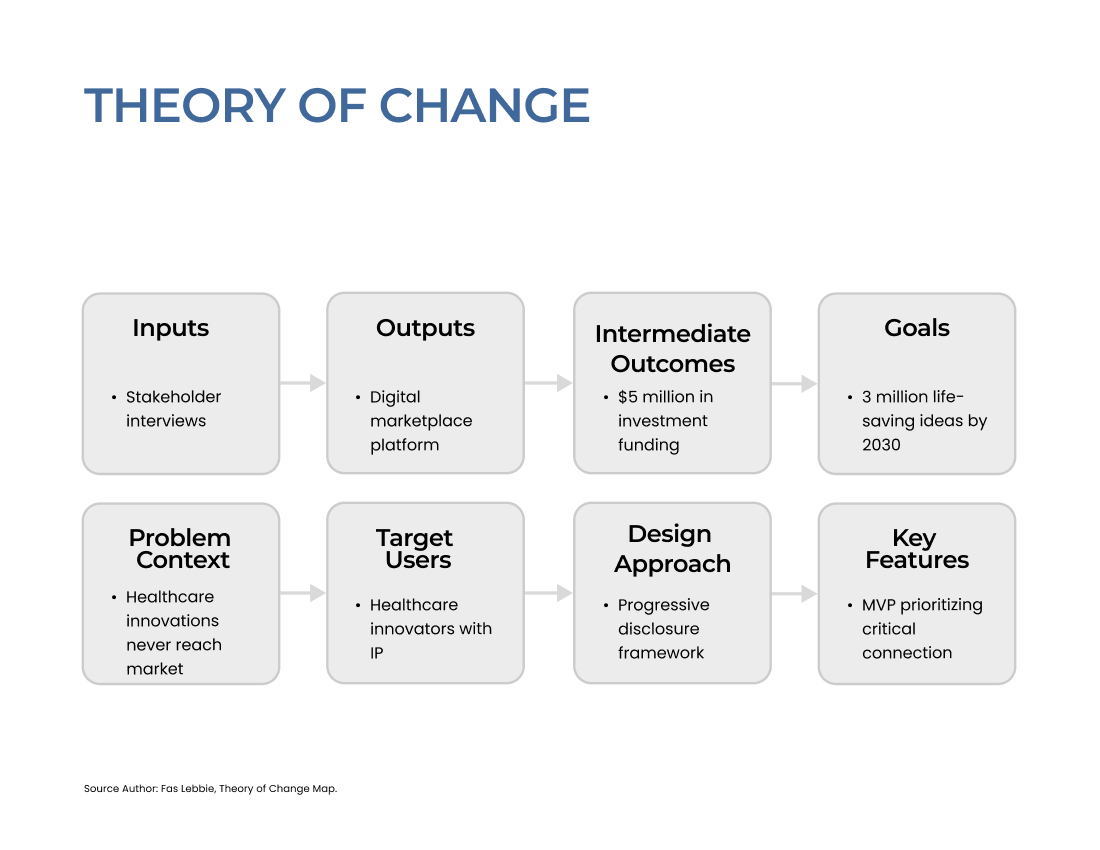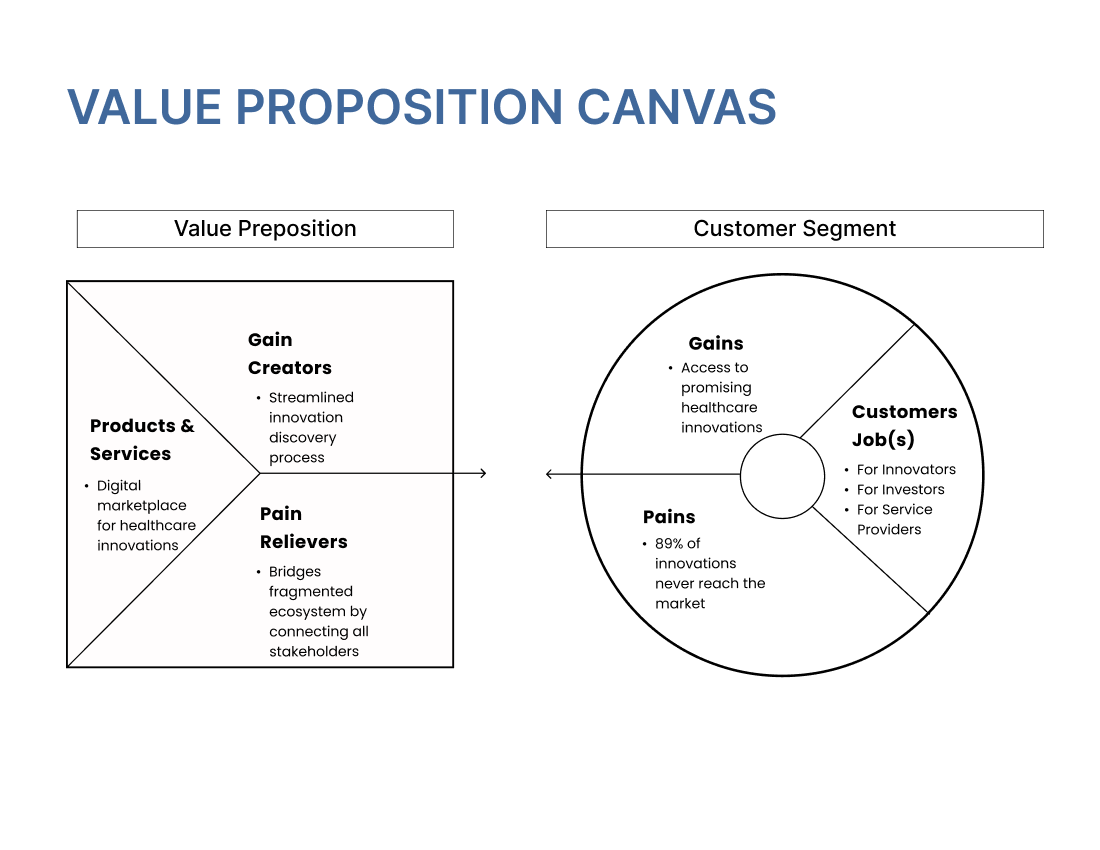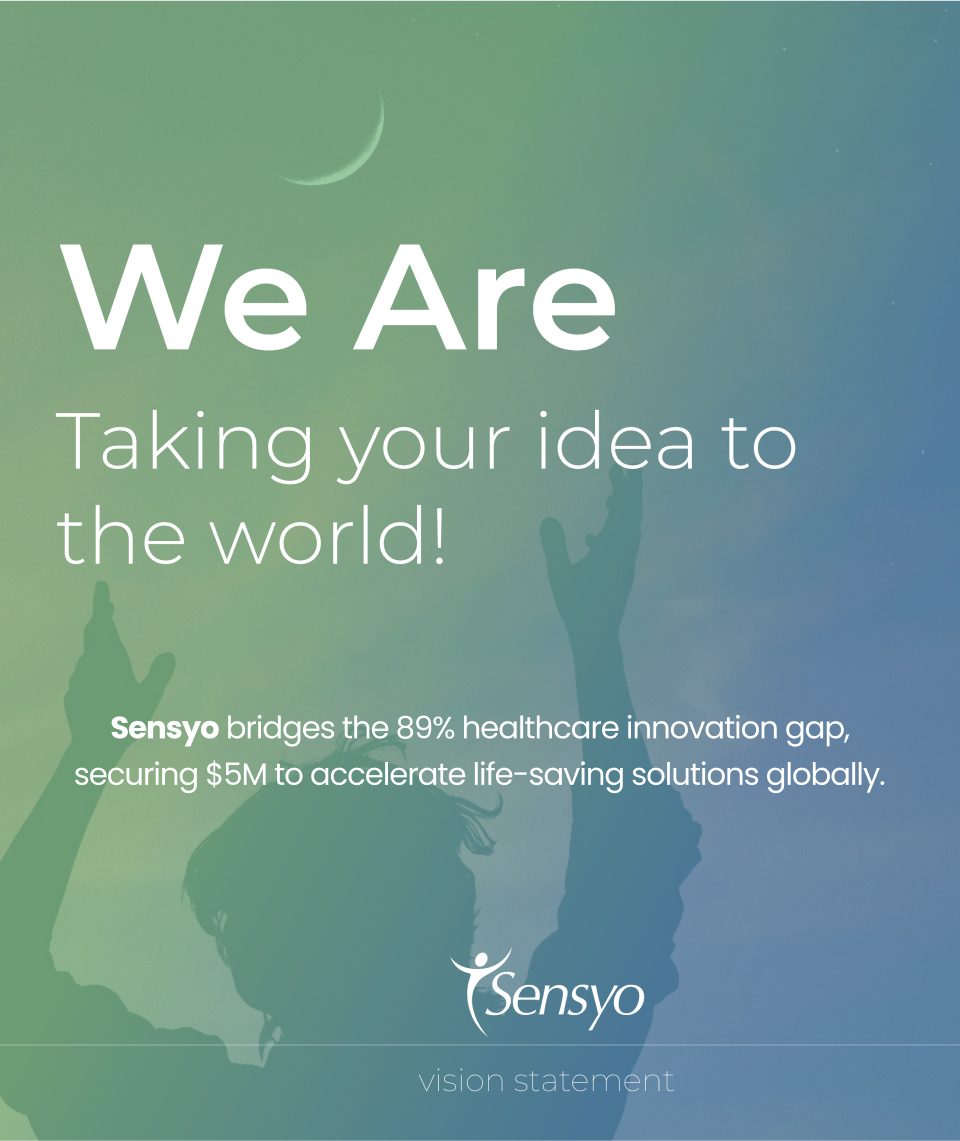Problem Context
The healthcare innovation landscape has a gap between developing life-saving technologies and their implementation in real-world settings. With 89% of healthcare innovations never reaching the market, we identified a systemic failure in connecting innovators with necessary resources. This disconnect persists despite the desperate need for these solutions—nearly 2,000 children die daily from preventable diseases linked to unsafe water and sanitation issues, while 270 million children worldwide have no access to health care. Traditional pathways for moving healthcare innovations from concept to market are fraught with barriers: innovators struggle to find funding and support, investors lack efficient systems to discover promising opportunities, and service providers cannot easily connect with projects needing their expertise. This represents both a business and humanitarian challenge, where inefficiencies and communication gaps translate to lost lives and suffering. The opportunity for transformation lies in creating a unified ecosystem that bridges these divides, focusing on promising intellectual property technologies languishing in university laboratories and healthcare industry research departments.
